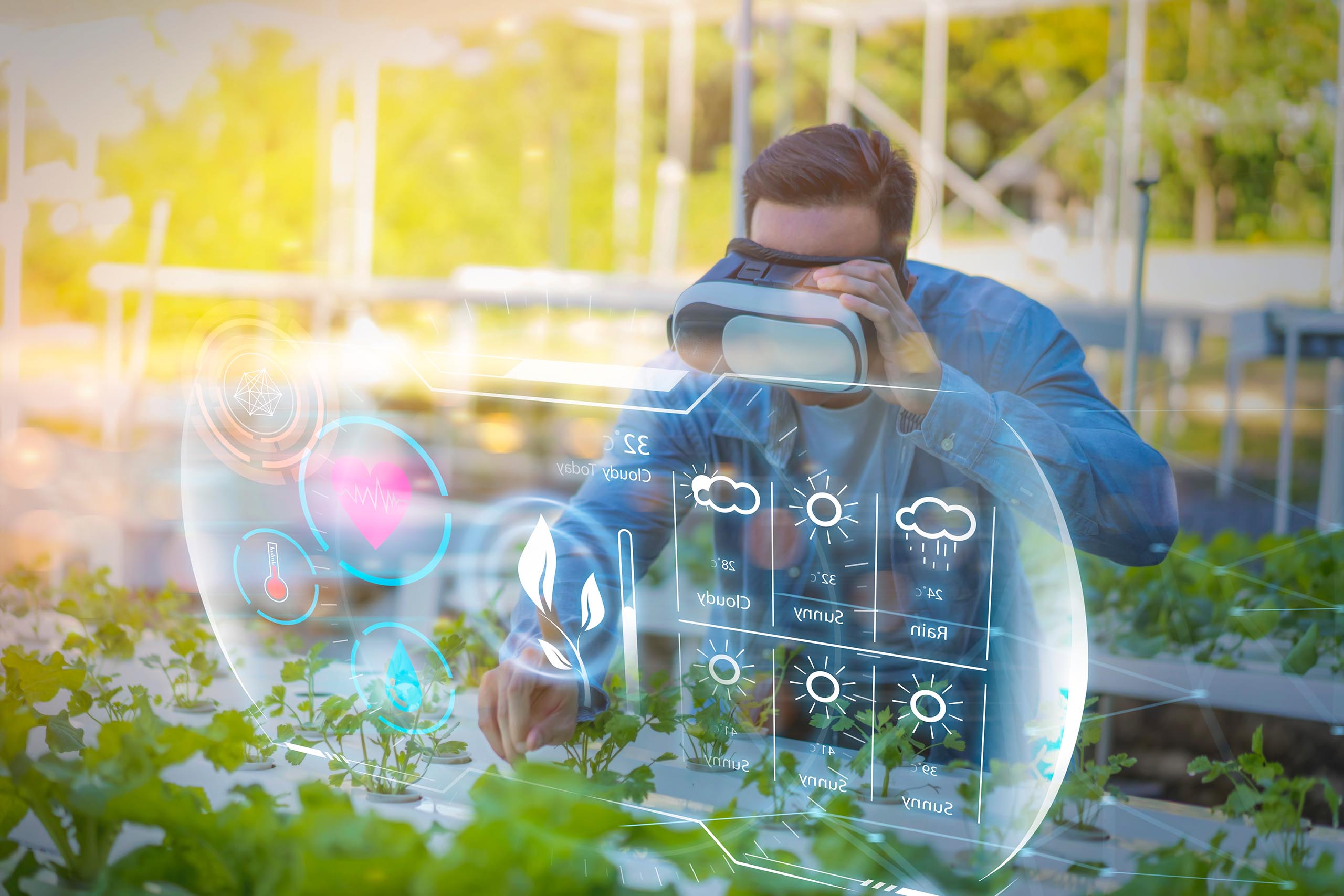Temperature is the most important environmental factor affecting the rate of deterioration of fruits and vegetables. Based on the optimum temperature, the rate of decline increases two to three times for every ten °C increase.
In addition to causing various physiological diseases mentioned, unsuitable temperature also affects respiratory metabolism and ethylene production, thereby causing changes in multiple components. The impact of temperature on the storage of fruit and vegetable products is manifested in various physiological effects such as respiration, transpiration, ripening, and aging.
As the temperature rises, different physiological metabolisms are accelerated within a specific range, which harms storage. Therefore, low temperature is a commonly used technical measure in storing and transporting various fruit and vegetable products.
Effects of Quick Freezing on Fruits and Vegetables
The adverse effects of freezing on the tissue structure of fruits and vegetables are mainly manifested as tissue destruction, softening, and juice flow. Current explanations mainly focus on mechanical damage, cell collapse, and gas expansion.
Mechanical damage: During the freezing process of fruits and vegetables, the free water in the intercellular space contains fewer soluble substances, so the freezing point is high, and crystals are formed first. In this way, the water in the cells is promoted to transfer to the intercellular space and combine with the crystal nucleus in the intercellular area to gradually form large ice crystals, thereby generating mechanical pressure loss, causing the cells to separate and unable to recover after thawing.
Disintegration of cells: There are large liquid cells in the cells of plant tissues, which have high water content and are easy to freeze into large ice crystals, resulting in a significant “freeze expansion pressure.” The cell membrane is thick and lacks elasticity, so it is easy to be punctured or burst by large ice crystals; the cells are damaged by rupture, and the tissue softens and flows after thawing.
Freezing increases the permeability of the cell membrane or cell wall to moisture and ions. In the case of slow freezing, ice crystals are mainly formed in the intercellular space, the intracellular water continues to flow out, and the concentration of inorganic salts in the protoplasts continues to rise, causing protein denaturation or irreversible solidification, resulting in cell death, tissue disintegration, and texture softening.
Gas expansion: A small amount of gas dissolved in a liquid in tissue cells will be dissociated when the liquid freezes and the volume will increase hundreds of times, damaging cells and tissues and causing texture changes. The tissue structure of fruits and vegetables is fragile, the cell wall is thin, and the water content is high. When the freezing process is slow, it will cause severe changes in the tissue structure.



